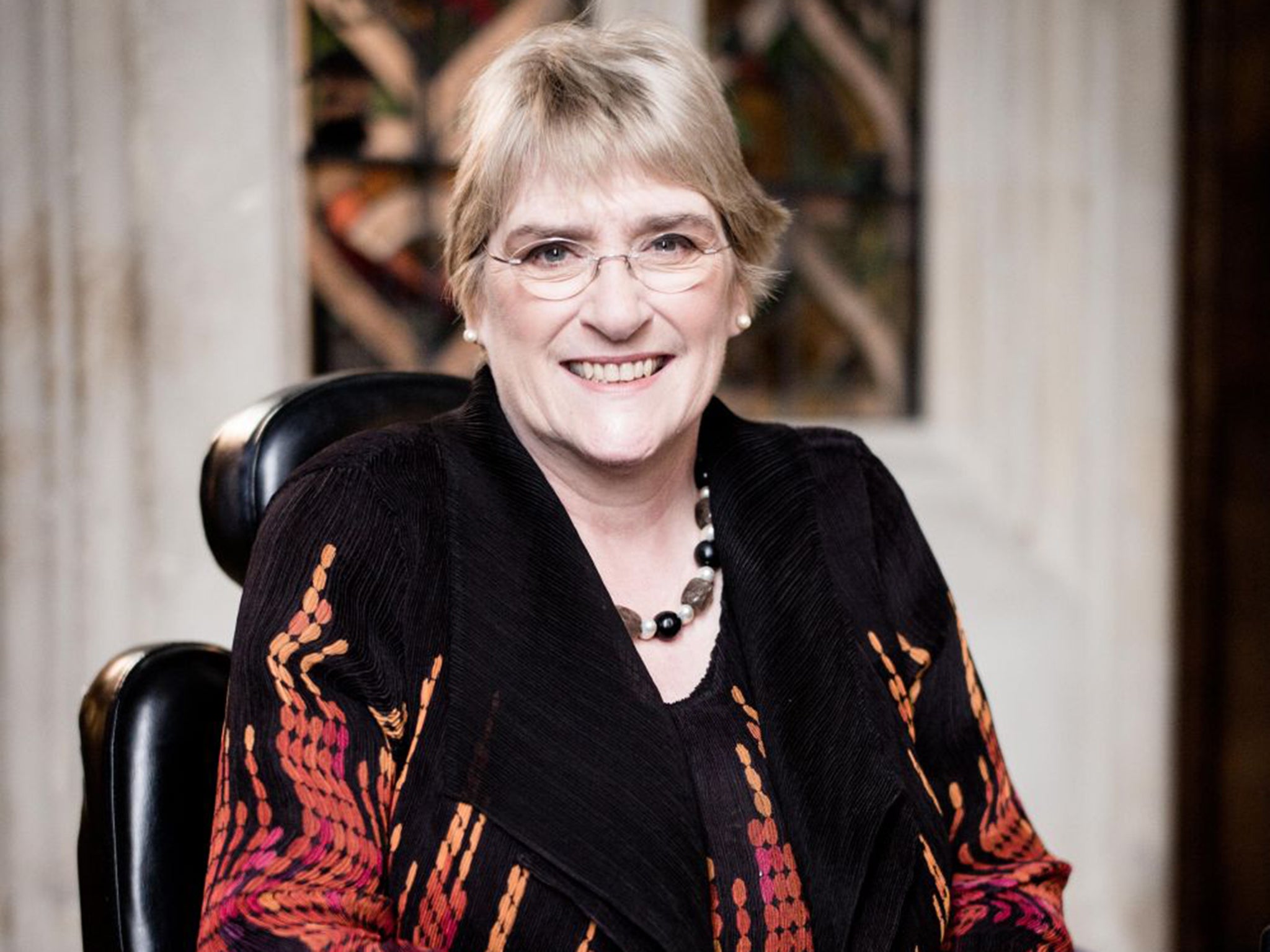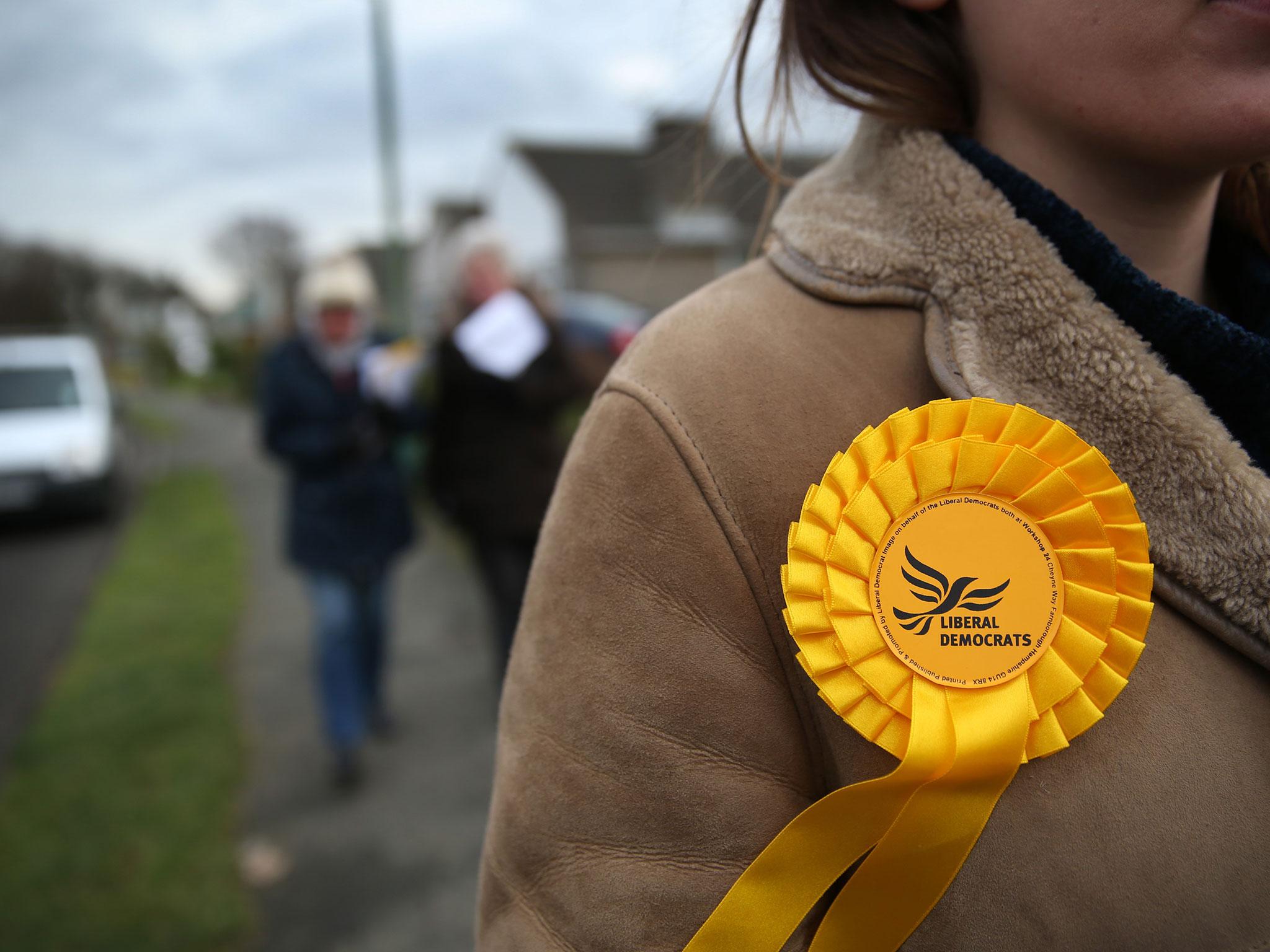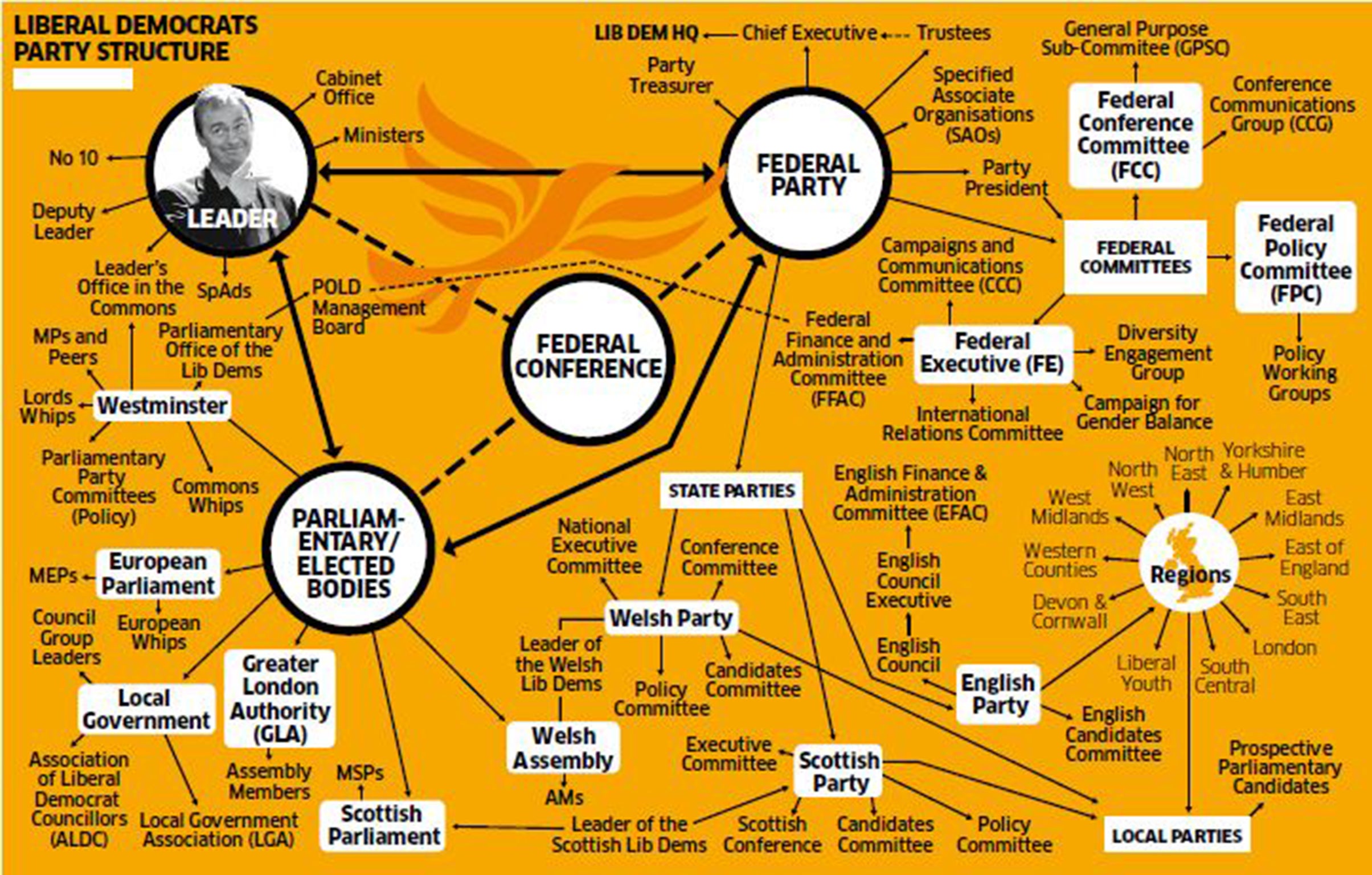Baroness Brinton claims Liberal Democrats enjoying a membership surge due to pro-EU stance
Defectors to Lib Dems ‘must share our values’ she warns

Your support helps us to tell the story
This election is still a dead heat, according to most polls. In a fight with such wafer-thin margins, we need reporters on the ground talking to the people Trump and Harris are courting. Your support allows us to keep sending journalists to the story.
The Independent is trusted by 27 million Americans from across the entire political spectrum every month. Unlike many other quality news outlets, we choose not to lock you out of our reporting and analysis with paywalls. But quality journalism must still be paid for.
Help us keep bring these critical stories to light. Your support makes all the difference.
With her party reduced to just eight MPs by a disastrous general election, Baroness Brinton finds herself in the frontline of a campaign known on social media as #LibDemFightback. The hashtag, hatched on 7 May as her party lost seat after seat, has become an article of faith.
Delegates at the party’s conference in Bournemouth are wearing badges bearing the hashtag and an image of two yellow boxing gloves.
As president of the Liberal Democrats, Lady (Sal) Brinton, 60, daughter of a Conservative MP, the late Tim Brinton, is in charge of overhauling the party’s convoluted, bureaucratic structure (see box, right). In Bournemouth, she must also rally the troops, a small army of 62,000 that has nevertheless grown from around 45,000 since that near wipeout four months ago.
Lady Brinton says that the “obvious frustration” of having so few MPs has been tempered by “astonishing” council by-election results this summer, which have included gains in Wrexham, Sussex, and Powys in mid-Wales.

More importantly for the party’s future health, about half of those new members are aged 35 and under. No more than one in five are former party activists who left because they were so angry with the Lib Dems for propping up the Conservatives during the coalition years.
“That’s a new generation,” says Lady Brinton, who spies an opportunity to gain votes from Labour and its Eurosceptic new leader, Jeremy Corbyn, ahead of the referendum on British membership of the European Union. “They’re coming through and changing the profile of the party.
“And the vast majority of them [new members], around 80 per cent, are passionate pro-Europeans, and that was one of the key reasons that they have joined the party. It now looks as though we’re going to be the only party that is going to be clearly pro-European, which gives us a very interesting role in the referendum that is coming up.
“People are very worried about Corbyn’s very ambivalent stance on Europe. The Liberal vote post-Corbyn will be looking to us again – we are now their natural home.” Tim Farron, the folksy Westmorland and Lonsdale MP who succeeded Nick Clegg as party leader in July, said that some Labour MPs are considering defecting to the Lib Dems.
Lady Brinton believes that they should only join her party if they share the values of the Lib Dems, which is perhaps an allusion to the party’s less authoritarian stance on civil liberties.
The Independent interviewed Lady Brinton the day before the party conference, in a tea room in the House of Lords. It’s an ornate place, with oil paintings of historic sea battles and red leather benches – only she can’t sit on them.
Lady Brinton suffers from rheumatoid arthritis, which is so acute that she cannot even shake hands –her own are wrapped in bandages. She has been in a wheelchair for four years, a speedy little number that is fast enough to leave aides languishing in her wake.
The Palace of Westminster, says Lady Brinton, does not cater for the disabled. She speaks of another wheelchair-using peer who tipped over in a lift that stopped at an angle, and a Conservative peer who refuses to make room for the disabled in the House of Lords chamber.
More ridiculously, there is only room for three wheelchairs at any one time in the Lords, which is already the world’s most packed legislature except for China. “Health and safety doesn’t count in Westminster,” sighs Lady Brinton. “It’s not fit for purpose. In some of the big debates in the Lords there can be five or six of us [in wheelchairs] moving in and out of the space provided so that we can speak. It does mean that I have to fight peers just to get to the wheelchair spaces. It’s ridiculous.”
The problem is broader, she argues, claiming that the disabled are the “poor relations” in the European Convention on Human Rights. It’s a decade since legislation was introduced to improve disabled access to public buildings, yet still she finds herself having to use “the bin lifts” to get into hotels, while few taxis, apart from Hackney carriages, have ramps to allow her access.
Before zooming off, Lady Brinton turns her focus on the sheer size of the Lords, arguing that there should be a retirement age of 75 or 80.
“That would reduce numbers quite significantly,” she says, while acknowledging that it would mean some of her party’s own older peers, such as Lord Avebury (Eric Lubbock), 86, would have to stand down. “One of the problems of this place –and this is absolutely not Eric’s problem – is that people don’t know that their skills are disappearing and their last couple of years here can be horribly embarrassing.”
It will be a very long time before anyone says that of Lady Brinton.

This is the convoluted structure of the Liberal Democrats, as drawn in Helena Morrissey’s review of the party’s culture and processes two years ago. Activists say this “spaghetti” structure is responsible for difficulties disciplining, expelling or even exonerating party members of any wrongdoing. Notably, allegations of sexual impropriety laid against party strategist Lord (Chris) Rennard were never really settled to anyone’s satisfaction, with him offering a partial apology despite being essentially cleared.
It was a mess, and the party’s president, Baroness Brinton, has launched a consultation into simplifying the party’s structure, which is being presented to activists at conference.
‘Spaghetti’ structure
Lady Brinton says members feel “too far away” from the upper tiers of party decision-making. By next year, she says, the party will have a new constitution, which should see this labyrinth of elected and representative committees, federal parties and policy and communications groups replaced by a clear structure
Subscribe to Independent Premium to bookmark this article
Want to bookmark your favourite articles and stories to read or reference later? Start your Independent Premium subscription today.
Join our commenting forum
Join thought-provoking conversations, follow other Independent readers and see their replies
Comments